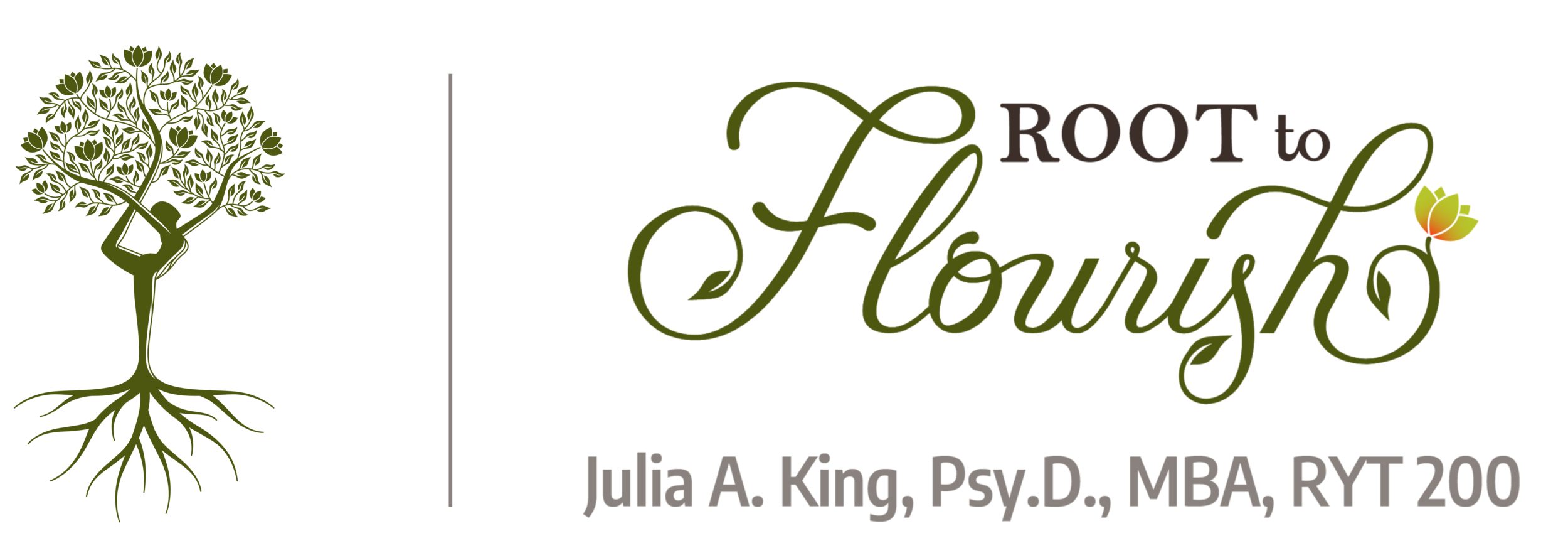Harness the Power of Your Thoughts to Reduce Anxiety
Your thoughts are so powerful.
So. Powerful.
So very powerful in fact that they are a huge factor in creating our emotional experience.
An example:
You spill coffee on yourself. A whole cup. Right down your front.
There’s no way this stain is coming out, and you don’t have time to go home to change.
Narrative A:
You are a clumsy fool. You idiot! You can’t do anything right. Now everyone is going to see how incompetent you are. You can’t even hold your coffee without spilling it! There’s no way you can go to this meeting like this … and if you don’t show up for the meeting you’re going to get fired!
Narrative B:
I can’t believe that just happened. But, it was an accident and could happen to anyone. I’m sure everybody at the meeting has spilled something on themselves too at one time or another.
How will you feel if you are thinking Narrative A? (Hint: thoughts like this are linked to depression and anxiety. Can you see why?)
And, how might you feel differently if your thoughts are more in line with Narrative B? (This narrative is much more reality-based and represents a self-compassionate response.)
Do you see?
Your thoughts, what you tell yourself, your self-talk are powerful determinants of your emotional experience.
And the thoughts that create a negative emotional experience are often untrue, even irrational.
Anxiety-Producing Thoughts
When we think of something we’re afraid of we create a threat in our mind. The more detail we give to the scenario, and the more we think about it, the more we feed the fear, allowing our experience of anxiety to grow.
Can you think of an example? Have you ever simply thought of something that scares you or makes you nervous, and you begin to feel anxious? Maybe your stomach flips or your heartrate increases? (Check out this earlier blog post – regarding the neuroscience of anxiety – to learn why your body responds that way.)
Our thinking makes all kinds of non-threatening things really scary: it turns kittens into lions.
Examples:
We catastrophize: we automatically jump to the worst-case scenario
We jump to conclusions: we don’t have all the data and we make an assumption
We personalize: we believe the actions of others are a direct, personal reaction to us
We have an internal control fallacy: we believe we are responsible for everything and everybody – and therefore believe we are in control
We reason emotionally – we believe our feelings must be true (“If I feel that way, it must be true”)
When we think this way, we are engaging in cognitive distortions, or errors in our thinking. Cognitive distortions are often called “stinking thinking.” It’s our mind throwing out hypotheses which we believe without question, and which, in turn, causes us great emotional distress.
But … when we recognize that such thoughts might not be true … we open the door to a powerhouse of strategies to shift that thinking to a more realistic, less scary world.
And, we reduce anxiety.
And we remove the limits anxiety is placing on our lives.
And we live more fully.
Call Bullshit!
Learn to Stop Believing all of the Anxiety-Producing Nonsense Your Mind Has Convinced You is True
We need to first identify and acknowledge, and then question, challenge, and reframe the irrational thoughts that are fueling our anxiety.
01.
Start by being curious about your own thoughts.
Can you identify cognitive distortions in your own thinking? Can you then catch yourself in the moment thinking them?
When you catch them, observe them objectively and non-judgmentally. That’s where the curiosity comes in. It’s just a thought. Just a hypothesis your mind created.
02.
Next, question the validity of your thoughts.
You do not have to accept your thoughts as truth.
Be skeptical. While your mind may have your best interests at heart – trying to keep you safe or fully prepared, for example – it may not realize that the thoughts it generates are actually creating anxiety.
Simply asking the question, how true is this “fact” I’m telling myself?, engages critical thinking, skepticism, and your ability to distance yourself from the anxiety-producing thought.
03.
Then, subject your thoughts to critical analysis.
Engage your critical thinking skills and subject the negative thought you’ve caught to cross-examination.
Examine the evidence. Evidence is facts. And, facts are objectively true (that is, anyone would see it as true) and observable. We can see, smell, hear, taste, and touch facts. Feelings do not count as facts or evidence.
Look at the evidence for and against the thought you’re examining. Often you can identify only one piece of evidence for your negative thought. Many times there is zero factual evidence for the thought you believe is true. And there are typically numerous facts to serve as evidence against your thought.
You should also then consider other alternatives to your thought. Ask yourself what else could be true aside from your hypothesis.
Recognition and understanding are empowering.
Explore the connection between your thoughts and your feelings. Recognize that untrue thoughts – that you’ve been accepting as true – help to create anxiety. Learn and practice strategies to reduce your anxiety (while being gentle with yourself). And, remove the limits anxiety has placed on your life.
** FOLLOW ME ** on my Facebook page, Root to Flourish and on Instagram, @roottoflourish I’ll share all future posts there - and you can find them here, at www.roottoflourish.com/blog
This blog post is offered for educational purposes only and should not be confused as therapy or psychological care.

